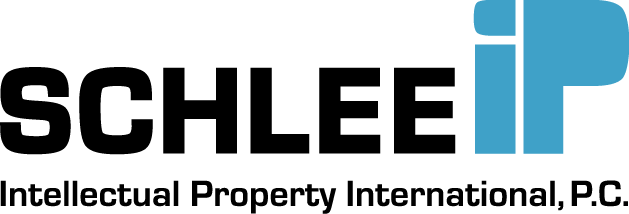Paralegal Webinar International IP
It is a great honor to have received an invitation from the HalfMoon Education, Inc. to be the presenter of a webinar titled “International Patent Practice for Paralegals” on January 27, 2016. This webinar encompasses two 90 minute time slots, namely a first one titled “Overview of International Patent Practice and the European Patent Convention” and the second one titled “Patent Cooperation Treaty (PCT) Practice”. For further details and for signing up for the webinar, please go to https://www.halfmoonseminars.org/seminars/130181/international-patent-practice-for-paralegals/online. This will be my third appearance as a presenter for HalfMoon Seminars, the last 2 in live classroom settings while this will be my first webinar on this topic. The webinar has been approved by the National Association of Legal Assistants (NALA), National Federation of Paralegal Associations (NFPA), North Carolina Board of Paralegal Certification, Ohio State Bar Association (via NALA) and by the Texas Board of Legal Specialization (TBLS) and can earn 3.0 CLE hours.
What I like particularly about this seminar provider is it offers a webinar with the unique focus on Paralegals and Legal Assistants – who are doing the heavy lifting on handling International filings. At least prior to moving increasingly from paper documents to electronic documents, in any given IP Law firm the foreign filing department was very easy to spot as the department with the biggest stack of files. International patent portfolios multiply pretty much everything, meaning deadlines, documents, foreign associates to be dealt with, cultural communication barriers and with all that, liability risks. Therefore, it should never be underestimated how crucial the role of Paralegals and Legal Assistants in the process of deploying international patent portfolio really is.
In the first 90-minute time slot, I will try to provide a more systematic approach on foreign filings based on 5 critical questions I called the 5 W’s, namely: 1. Which kind of protection should be pursued, 2. Where does the IP right take effect and has to be filed and prosecuted, 3. Who has the right to file a particular application under specific International Agreements, 4. When does the application need to be filed at the latest, and 5. What measures are required to obtain a specific right and to maintain it. Notwithstanding the number of different IP rights and countries, there are nevertheless some common threads running through the various IP systems allowing some categorizing. Methodically answering these questions may provide a good head start to deciding on the best filing strategy and what needs to be done for pursuing it.
In this general International Part, I plan to discuss particularly the following topics:
Overview of International Patent Practice and the European Patent Convention
– History and development of international patent law
– Searching for international patent information
– The players in International filing and the role of the foreign filing paralegal
– A methodical approach: 5 key questions to answer for deciding about the best foreign filing strategy
– How to find information on technology competitors and existing patents
– European Patent Convention fundamentals
– Preparing applications for filing in Europe
– Validating countries of interest
– Lodging patents in member countries
– Maintaining European patents and applications
– Obtaining patent protection in Hong Kong via EPC
– Filing directly vs. filing via Patent Cooperation Treaty
The second 90-minute time slot of the Webinar is dedicated to the Patent Cooperation Treaty (PCT) Practice, probably the single most important vehicle for deploying international patent portfolios. In this PCT Part, I plan to discuss particularly the following topics:
Patent Cooperation Treaty (PCT) Practice
– Understanding the purposes and limitations of the PCT
– PCT fundamentals and common misconceptions about PCT
– PCT Chapter I: basic process
– Preparing the international application
– Preparing and filing the PCT request
– PCT Chapter II practice
– Overview of Chapter II
– National phase entry based on PCT
– Time limits for entering national phases
– Preparing order letters for national phase entries to the foreign associates

 English
English Deutsch
Deutsch